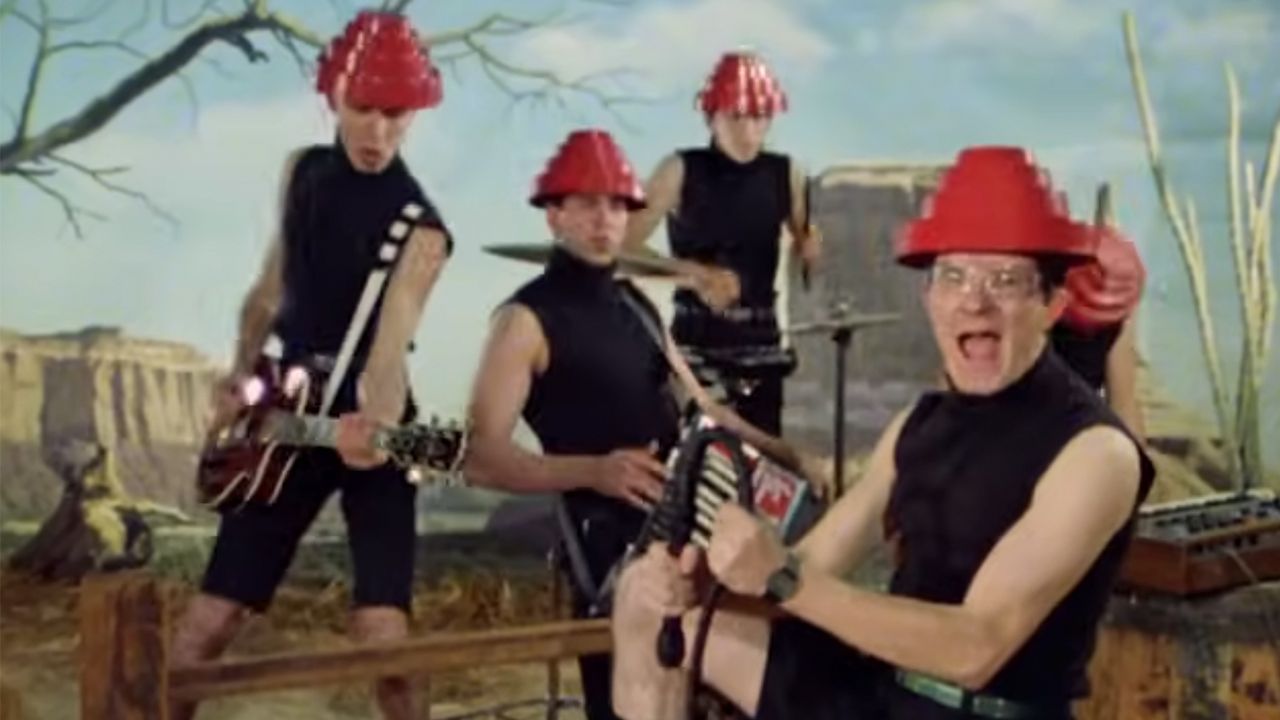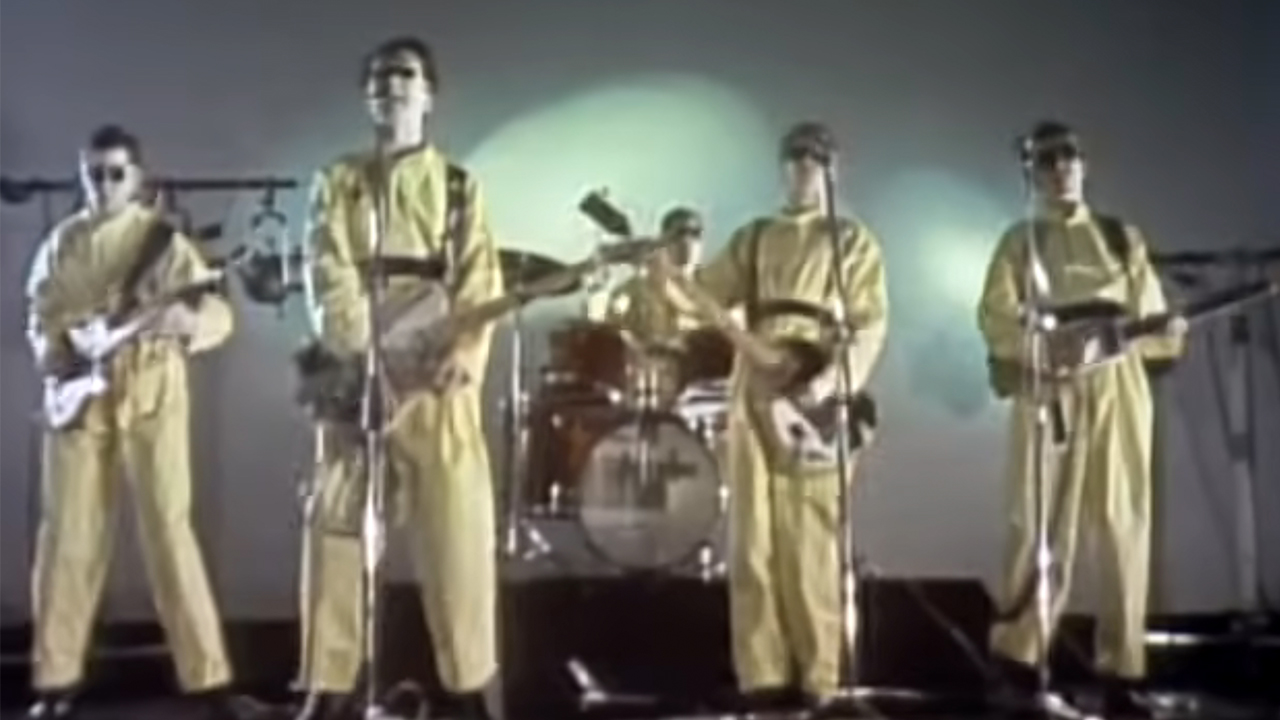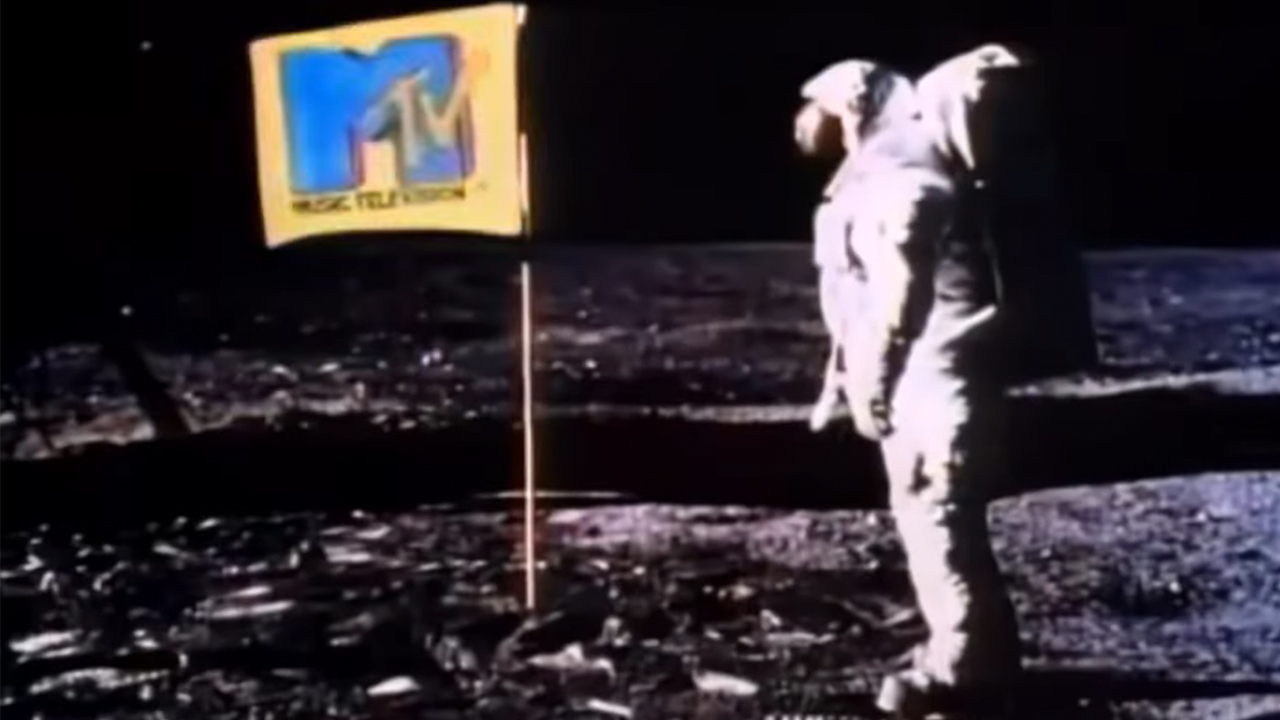
Check out this awesome new documentary on the often overlooked band, Devo, available for viewing with your Netflix subscription! I’ve been a dedicated fan of Devo for quite some time now, and I believe this documentary does a terrific job of capturing the unique artistic ideals that defined the band. Moreover, it brings back memories of MTV’s early days when music videos were scarce, featuring plenty of Devo clips.

Devo Made A Ton Of Videos To Accompany Their Songs
Music videos, similar to the format that MTV popularized in the 1980s, actually date back to the 1960s, but only a few bands produced them because of their high cost and lack of distribution channels. Devo, known for its DIY approach and philosophy, and co-leader Mark Mothersbaugh (now famous for his offbeat movie scores), didn’t concern themselves with how the videos would reach the audience; they were more focused on creating art purely for artistic reasons. This intriguing music documentary delves into those very videos.
From their debut album, titled “Q. Are We Not Men? A: We Are Devo!“, the band began creating music videos for various tracks. These included their initial single, a rendition of The Rolling Stones’ “I Can’t Get No Satisfaction,” as well as popular numbers such as “Jocko Homo” and “Come Back Jonee.” However, their efforts to release these video projects met obstacles from higher authorities.

Along Came MTV, So Devo And Other Bands Had A Place For These Videos To Be Scene
In 1980, when MTV initially came onto the scene with its pioneering team of Video Jockeys (VJs), the inaugural video played was “Video Killed The Radio Star” by The Buggles, a group reminiscent of Devo in some ways. Initially, it was challenging for MTV to fill 24 hours of content with music videos due to limited options. However, this scarcity led to an exciting development: lesser-known bands like Devo who didn’t receive much radio play, found their songs frequently featured on MTV because they had the necessary video content available.
In the network’s launch, Devo wasn’t isolated; groups with similar DIY attitudes like The Residents, The Silencers, Kate Bush (before she gained further fame in Stranger Things), and Bloto had prepared videos. This meant their songs were frequently played in the initial years. For midwestern kids like me, this introduced us to a wide range of music we hadn’t encountered before. Even then, I was captivated by the peculiar aesthetic of these bands and videos, forming the basis for what I appreciate most about music: the quirkier, the better.
In a short while, record labels realized that videos could significantly boost album sales, leading to an influx of high-budget music videos featuring celebrities in the mid-1980s MTV era. These videos were quite popular, but I have a soft spot for the earlier days when avant-garde bands like Devo received a lot of recognition.
Read More
- Mobile Legends: Bang Bang (MLBB) Sora Guide: Best Build, Emblem and Gameplay Tips
- Brawl Stars December 2025 Brawl Talk: Two New Brawlers, Buffie, Vault, New Skins, Game Modes, and more
- Clash Royale Best Boss Bandit Champion decks
- Best Hero Card Decks in Clash Royale
- Call of Duty Mobile: DMZ Recon Guide: Overview, How to Play, Progression, and more
- Clash Royale December 2025: Events, Challenges, Tournaments, and Rewards
- Best Arena 9 Decks in Clast Royale
- Clash Royale Best Arena 14 Decks
- Clash Royale Witch Evolution best decks guide
- Brawl Stars December 2025 Brawl Talk: Two New Brawlers, Buffie, Vault, New Skins, Game Modes, and more
2025-08-23 00:07